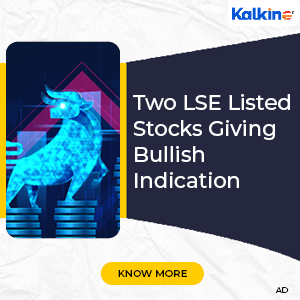Highlights
- Glencore operates in the United Kingdom’s metals and mining sector and forms part of the FTSE 100 index
- Its diversified operations span industrial and energy-related commodities across multiple regions
- The company’s relative valuation differs from various peers within the FTSE 100 resource segment
Glencore (LSE:GLEN) belongs to the broad metals and mining segment of the UK equity market. It engages in activities ranging from mineral extraction to physical commodity logistics. Its participation spans across major industrial and energy commodities, placing it among the few fully integrated resource-based companies within the FTSE 100 index.
The company manages a wide spectrum of operations across the mining, production, marketing, and logistics value chain. Its role extends beyond traditional extraction, incorporating commodity trading and global infrastructure networks. These elements combine to establish a presence across upstream and downstream business flows, offering exposure to various raw materials critical to industrial demand.
Comparative Industry Presence Across the FTSE 100
The FTSE 100 includes a collection of companies that operate in the commodity space, many of which hold narrow exposure to specific metals or geographies. Glencore’s operational scale and business variety stand apart from entities that concentrate on fewer product lines or regional markets.
While numerous peers maintain vertically aligned models focusing on one or two minerals, Glencore holds activities in copper, cobalt, coal, ferroalloys, and more. It also engages in refining and logistics, creating a networked structure that blends production with physical commodity movement.
A number of companies in the same segment within the FTSE 100 show different relative market valuations. The gap between those figures highlights how distinct structural models and operational focuses influence external market perception across the index.
Business Structure and Operational Breadth
Glencore’s operations include industrial assets, marketing channels, logistics infrastructure, and trading platforms. It manages production sites, smelters, warehouses, and shipping lanes, positioning itself across the entire commodity lifecycle. This organizational design contributes to strategic reach across resource chains.
Unlike firms with limited processing capacity or external offtake reliance, Glencore coordinates in-house activities from extraction to movement and delivery. This integrated model supports adaptability when facing shifts in supply or transport dynamics across global markets.
The company’s involvement across continents also allows broader market access, providing it with opportunities to manage volumes in response to industrial supply flows. Its structure is built for multipoint efficiency rather than reliance on a single revenue stream or mineral base.
FTSE 100 Placement and Market Characterization
Glencore is one of the resource-driven names within the FTSE 100, a group recognized for its industrial weight in the UK equity space. Several companies in the index exhibit focused profiles with high relative market expectations, while others showcase multi-pronged operations similar to Glencore’s structure.
The variation in market positioning across the index highlights how firms implement different commercial and production strategies. Within the FTSE 100 resource cluster, Glencore’s diversified approach, cross-commodity involvement, and global logistics capacity form the foundation of its current presence and differentiation.



